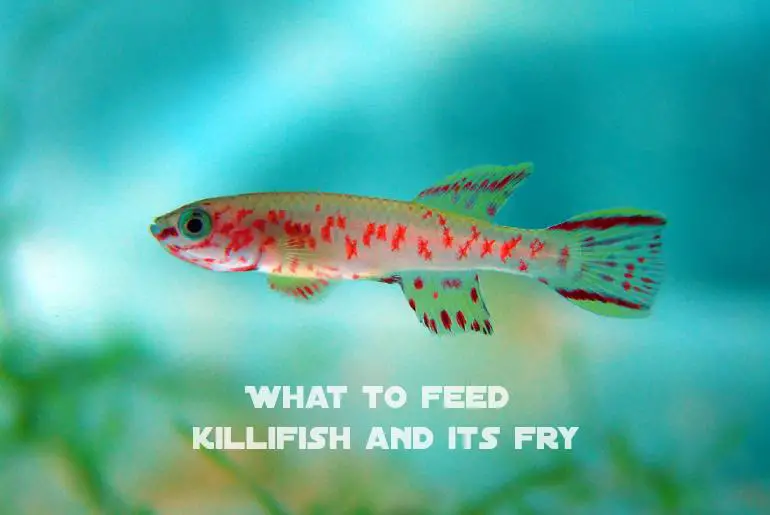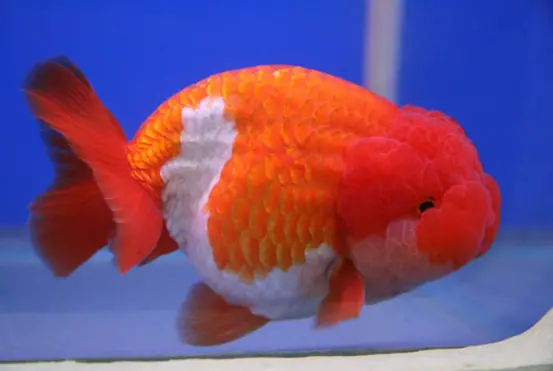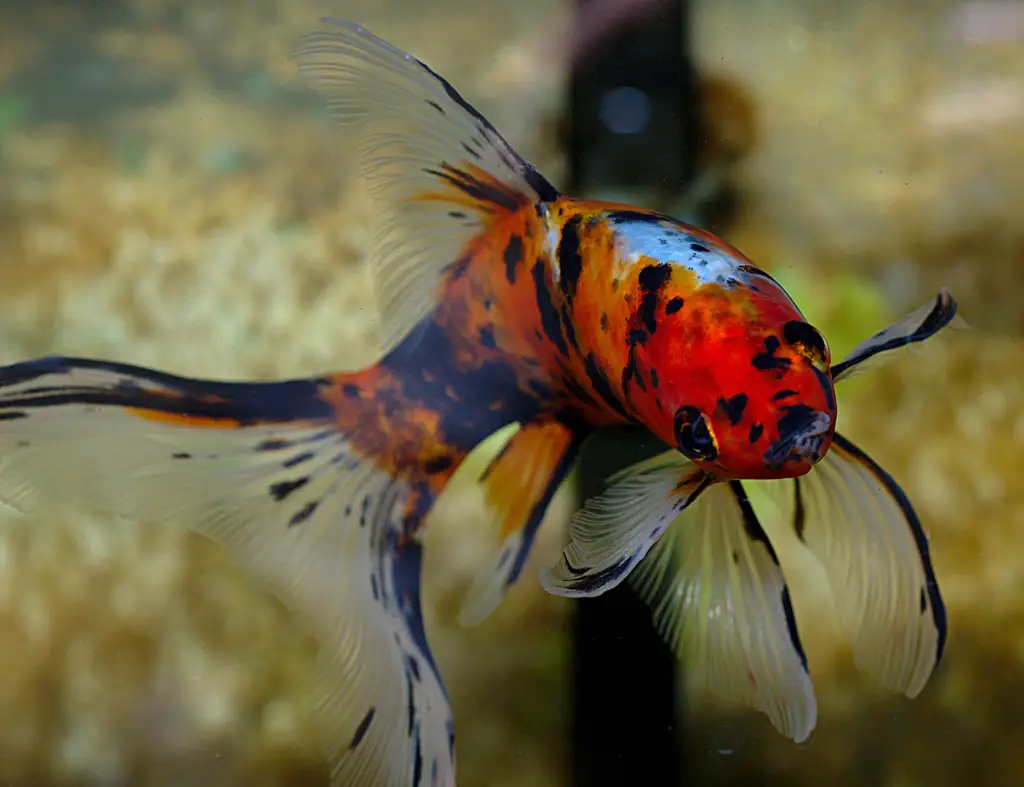When adding new fish species, like Killifish, to your fish tank, one of the first questions you will ask is, “what do I feed my fish?” Although the answer is easy to find, being a caring fish keeper takes more than just feeding your fish.
So, if you are wondering what to feed your Killifish, the answer is to feed them frozen foods such as brine shrimp, mosquito larvae, Mysis shrimp, daphnia, bloodworms, and more. As for Killifish fry, you can feed them mosquito larvae, daphnia, Tubifex worm, black worms, and white worms, and even some paste foods as mentioned below!
However, as I said, to be a truly caring fish keeper you need to know more about your fish too. It is not enough to simply know what to feed them!
Background on Killifish
The most interesting fact about Killifish is that they have the ability to survive and reproduce in unconditional environments. This means that some species of Killifish are able to survive out of the water for months, whilst others can reproduce in ponds and streams that are dry for long periods.
So, why do different species of Killifish have such diversity? Because there are a whopping 1270 species of Killifish around the world!
Killifish are also hardy fish, in general, with long and slender bodies. They are mostly 1-2 inches long but some species can grow up to 6 inches long too!
Although the male Killifish often display territorial behavior eventually, they are fairly easy to take care of. Hence, let us move on to finding out how you can take care of them by first looking at what to feed them.
What to Feed Killifish?
Although most species of Killifish are known for devouring whatever they can fit in their mouths and for being carnivores, you should include some specific fish food in their diets.
These fish foods include frozen food such as brine shrimp, mosquito larvae, Mysis shrimp, daphnia, bloodworms, and newly hatched brine shrimp nauplii.
Moreover, you will not be able to get away with feeding them your ordinary fish food such as granules, flakes, and pellets. Killifish are carnivores that love to feast on live food.
However, do keep in mind that Killifish have natural instincts to feed on crustaceans too. Hence, if you are planning to keep cute little freshwater shrimps in your fish tank, think again!
Nonetheless, it is important to note that if the shrimps are at least 2-3 inches long, then they are safe. Because how would your Killifish eat something that is bigger than their own size.
Also Read:
1. A Complete Beginner Guide to Killifish: Care, Breeding, Life-span, Diet
2. Least Killifish Care: The World’s Smallest Livebearers
3. Can Fish Eat Human Food: What Are They and How to Prepare Them?
4. Fish Food 101: A Beginner’s Guide on How to Feed Aquarium Fish
How Often to Feed Killifish?
To answer the question of how often to feed your Killifish, you should feed them once or twice a day. Either way, the important thing to remember is to feed them such a quantity that can be consumed by them within two minutes.
What to Feed Killifish Fry?
When it comes to Killifish fry, it is natural for you to be more cautious about what to feed them, and rightly so. It is necessary for you to be more vigilant over Killifish fry than the adult Killifish. It is also recommended that you monitor their behavior, growth, and dietary habits more carefully.
Hence, the best thing to feed the Killifish fry is newly hatched brine shrimp. However, you can also feed them mosquito larvae, daphnia, Tubifex worm, black worms, and white worms. Finally, you can also feed them paste foods and fruit flies.
Although, be very careful not to feed them too much brine shrimp. This basically means, feed them enough but make sure that there is no extra brine shrimp in the fish tank water. This will cause the water’s quality to deteriorate and ultimately harm the fry’s health.
Another tip that may help you is to put your Killifish fry in a small container. This will enable you to really monitor them and determine quickly if something is out of the ordinary.
Then, once they grow to around 8mm in length, you can transfer them to a small tank. This small tank should be around the size of 20 x 10 x 10cm (8 x 4 x 4in).
Finally, once the fry grows to around 12-15mm in length, you can move them to a bigger tank. This tank’s dimensions should be around 30 x 20 x 20cm (12 x 8 x 8in).
Also Read: The Easiest Way to Set up a Fry Tank: New Born Fry Care
How Often to Feed Killifish Fry?
Most fish fries need to be fed 2 to 4 times a day. Hence, this applies to Killifish fry too.
I would suggest that you start out by feeding them microworms 2 to 4 times a day for the first two days. Then, you can switch to baby brine shrimp.
You can use a small, clean paintbrush to dip into the baby brine shrimp container and let the food attach to the bristles of the paintbrush. Then swirl the paintbrush around in the fish tank water slowly to deposit the food into the tank. Also repeat this process a few times a day and your fry will be happy as ever!
Where to Get Food for your Killifish and its Fry
You can easily get your hands on live food for Killifish in pet stores that sell fish food. However, if this option is not available to you, then you can always opt to shop online!
Some of the best sellers of fish food are on eBay and Amazon. So, if you are looking for frozen live food such as brine shrimps, daphnia, and bloodworms, then check out the above-mentioned websites and you should be good!
Ideal Tank Conditions for Killifish
Finally, keeping your Killifish happy and healthy in your fish tank is another important aspect of fish keeping. Hence, the following are the ideal tank conditions for your beautiful and precious Killifish.
The following are the water parameters that best suit most species of Killifish.
- They need a pH of between 6.0 and 7.0.
- The total hardness of the water needs to be between 120ppm to 160ppm.
- The water temperature should be between 68° and 75° F.
Furthermore, most species of Killifish should be kept in long and shallow tanks with very little or no water movement at all. Hence, getting strong filters or aerators that cause a lot of water disturbances is also not recommended.
A 20-gallon tank is perfect for regular Killifish. However, if you plan on keeping the larger species of Killifish, then you will need to get a bigger tank. Either way, make sure that you add lots of live plants to your fish tank as your Killifish really loves low levels of lighting. Also, remember that the best-suited plant for your fish tank with Killifish is Cryptocoryne.
Furthermore, doing a regular water change is required and a good idea as your Killifish will really appreciate the clean waters to swim in. Hence, make sure to do a one-third of water change once a week!
Final Words
Once you have your dazzling Killies or its fry in your fish tank, wondering what to feed them and how to take care of them is natural. Thus, maintaining the water parameters and the general conditions of the fish tank to fit your Killies’ needs is the first step.
Then, you will need to focus on monitoring their behavior, diet, and other special needs too. And as I have mentioned earlier, you can feed your Killies a number of fish food. This includes anything from brine shrimp, mosquito larvae, Mysis shrimp, daphnia, bloodworms, to newly hatched brine shrimp nauplii.
As for your Killifish fry, you can begin by feeding them microworms then slowly move on to baby brine shrimp and then other food such as mosquito larvae, daphnia, Tubifex worm, black worms, and white worms. You can also feed them paste foods and fruit flies.
So, with this extensive list of food that you can feed your Killies, you are set to give your fish the best!





